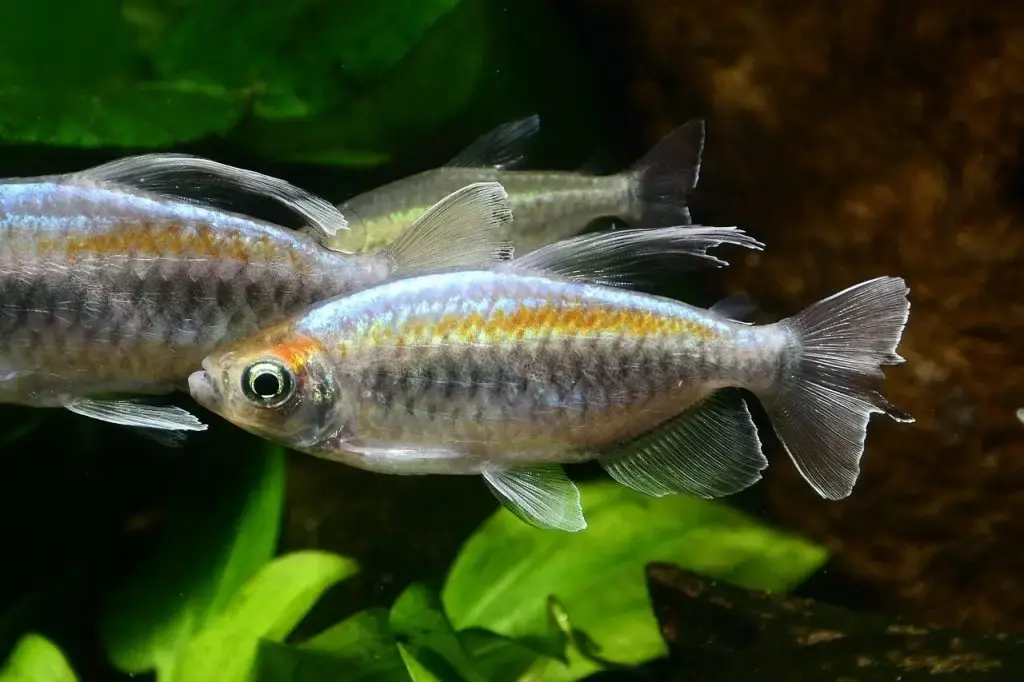
Coldwater fish are a favorite among aquarists for their hardiness, beauty, and adaptability. But while they can tolerate lower temperatures, that doesn’t mean they’re maintenance-free. Proper care, tank conditions, and proactive health management are essential to keep your coldwater species thriving. In this guide, we'll explore everything you need to know about coldwater fish health—from common diseases to best practices for long-term wellbeing.
What Are Coldwater Fish?
Coldwater fish are species that do well in cooler water temperatures, typically between 50°F and 70°F (10°C to 21°C). Unlike tropical fish, they don’t require a heater in their tank, making them ideal for beginner setups or unheated aquariums.
Popular Coldwater Fish Include:
- Goldfish (all varieties)
- White Cloud Mountain Minnows
- Weather Loaches (Dojo Loaches)
- Hillstream Loaches
- Rosy Barbs
- Zebra Danios
Understanding Coldwater Fish Physiology
Coldwater fish have slower metabolisms compared to tropical species. This slower metabolic rate affects:
Feeding frequency – they require less food.
Oxygen demand – cold water holds more dissolved oxygen, which suits their needs.
Growth rate – many coldwater species grow more slowly and live longer.
Because of this, coldwater fish are generally more tolerant of minor fluctuations in water quality, but they’re still susceptible to stress and disease when care is inconsistent.
Core Factors Influencing Coldwater Fish Health
1. Water Quality Is Everything
Just because a fish can survive cold water doesn't mean it can handle poor water quality. Key parameters to monitor:
Ammonia: 0 ppm
Nitrite: 0 ppm
Nitrate: < 40 ppm
pH: 6.5 to 8.0 (depending on species)
Temperature: Consistent within species-appropriate range
Use a reliable test kit to track water parameters weekly. In addition, regular partial water changes (about 25% weekly) help maintain a healthy environment.
2. Proper Filtration and Aeration
Coldwater fish produce a lot of waste, especially goldfish, which are notorious for their high bioload. A strong filter rated for at least double your tank size is essential. Pair this with:
Air stones or sponge filters for increased oxygenation
Powerheads for current-loving species like hillstream loaches
3. Diet and Nutrition
Malnutrition is a hidden killer in coldwater aquariums. Provide a balanced diet tailored to your fish species. Consider:
High-quality coldwater pellets as a staple
Blanched vegetables like spinach, peas, or zucchini
Live or frozen treats such as brine shrimp or bloodworms (in moderation)
Avoid overfeeding. Uneaten food breaks down and affects water quality. Feed only what your fish can consume in 1–2 minutes.
4. Seasonal Changes and Tank Placement
Even indoor tanks can experience seasonal swings. Avoid placing your tank near windows or heating vents, as this can cause temperature instability. In colder climates, room heaters may be needed to prevent water from dropping too low.
Common Coldwater Fish Diseases (and How to Prevent Them)
1. Ich (White Spot Disease)
Symptoms: White spots on fins/body, rubbing against objects
Cause: Stress, poor water quality, sudden temperature drops
Treatment: Raise temperature gradually to 75°F temporarily, use ich medication, increase aeration
2. Fin Rot
Symptoms: Torn, ragged, or decaying fins
Cause: Bacterial infection often triggered by ammonia spikes or injury
Treatment: Improve water quality, treat with antibacterial medications
3. Swim Bladder Disease
Symptoms: Fish floats upside down or sinks, struggles to stay upright
Cause: Overfeeding, poor diet, physical deformities (especially in fancy goldfish)
Treatment: Fast for 24–48 hours, feed a pea (skin removed), reduce buoyant foods
4. Fungal Infections
Symptoms: White cottony growths on skin or gills
Cause: Injuries, dirty water, stress
Treatment: Antifungal medications, improve water quality, quarantine if needed
5. Anchor Worms and External Parasites
Symptoms: Visible parasites, redness, and inflamed skin
Cause: Poor tank hygiene, introduction of unquarantined fish
Treatment: Manual removal, antiparasitic treatments like API General Cure
How to Prevent Illness in Coldwater Fish
An ounce of prevention is worth a pound of cure. Follow these tips to reduce disease risk:
- Quarantine new fish for 2–4 weeks before adding them to your main tank.
- Keep a regular maintenance schedule, including filter cleaning and water changes.
- Observe fish daily for signs of stress, discoloration, or unusual behavior.
- Avoid overcrowding, which leads to territorial stress and higher disease transmission.
- Use a UV sterilizer for extra water clarity and to kill free-floating pathogens.
When to Seek Help: Vet or Forums?
While most hobbyists handle mild illnesses themselves, severe cases may require expert input. Look for a fish-savvy veterinarian if:
Infections persist despite treatment
You suspect internal parasites
The fish exhibits abnormal swelling or neurological issues
Final Thoughts: Coldwater Fish Deserve Just as Much Care
Though often seen as low-maintenance, coldwater fish require just as much care and attention as their tropical counterparts. From pristine water conditions to proper nutrition and early disease detection, long-term coldwater fish health hinges on being proactive, not reactive. With the right setup and commitment, your aquarium can become a thriving, low-temp oasis that supports healthy, vibrant fish for years to come.
